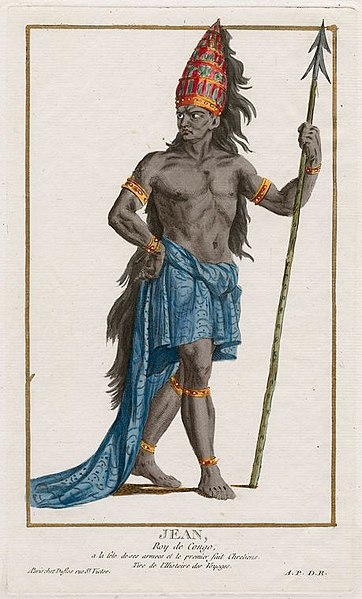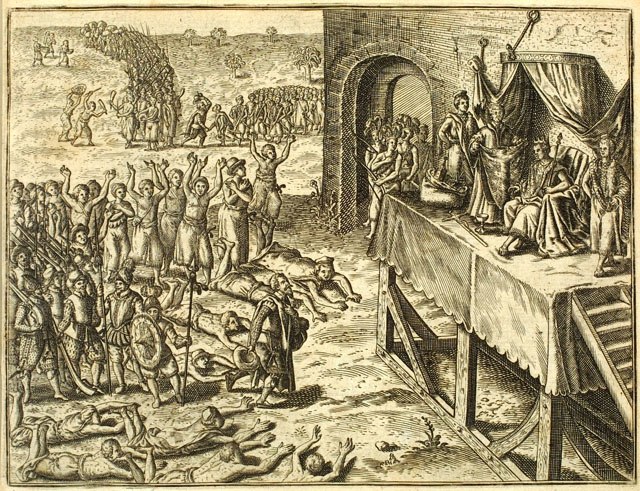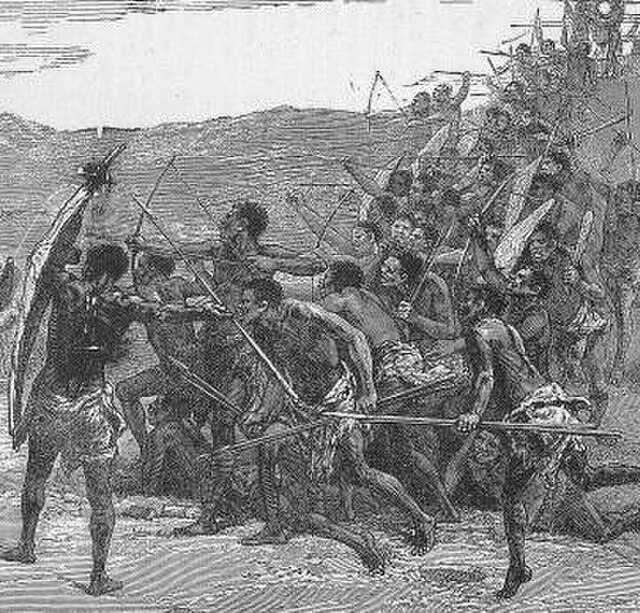Kongo religion encompasses the traditional beliefs of the Bakongo people. Due to the highly centralized position of the Kingdom of Kongo, its leaders were able to influence much of the traditional religious practices across the Congo Basin. As a result, many other ethnic groups and kingdoms in West-Central Africa, like the Chokwe and Mbundu, adopted elements of Bakongo spirituality.
Male nkisi
Male Power Figure (Nkisi), Kongo artist and nganga, late19th–mid-20th century, Democratic Republic of the Congo
The Kingdom of Kongo was a kingdom in Central Africa. It was located in present-day northern Angola, the western portion of the Democratic Republic of the Congo, Southern of Gabon and the Republic of the Congo. At its greatest extent it reached from the Atlantic Ocean in the west to the Kwango River in the east, and from the Congo River in the north to the Kwanza River in the south. The kingdom consisted of several core provinces ruled by the Manikongo, the Portuguese version of the Kongo title Mwene Kongo, meaning "lord or ruler of the Kongo kingdom", but its sphere of influence extended to neighboring kingdoms, such as Ngoyo, Kakongo, Loango, Ndongo, and Matamba, the latter two located in what is Angola today.
João I Nzinga a Nkuwu
An image depicting Portuguese encounter with Kongo royal family
Sao Salvador after painting by Olfert Dapper, 1668
Congo bowmen. The bulk of Kongo's infantry forces, consisted of archers equipped and dressed in a similar fashion to these encountered by the David Livingstone expedition.






